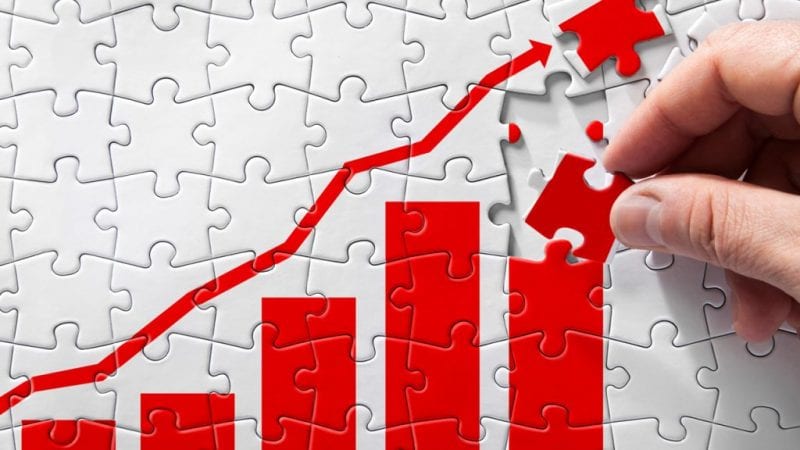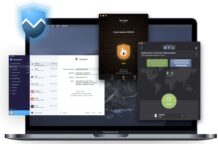Tracking trading performance will help you keep tabs on the key trading metrics you want to improve to earn higher returns on your investment. When you are able to measure trading performance over time, it’ll be easier to come up with more accurate and profitable trading strategies.
You’d also be in a position to diagnose trading challenges you would otherwise have never identified were it not for the deliberate act of measuring the trading performance of your current strategies. Here are some live trading pro tips.
1. Go beyond the Sharpe Ratio metric
If you have looked around about this you probably heard about measures of trading performance such as Sharpe Ratio (SR), Rate of Return (ROR) and DrawDown (DD). In fact, Wall Street is pretty fond of the SR for several reasons—you likely want to know.
But the SR metric punishes upside volatility, which is harmful to anyone that wants upside volatility (lots of professional traders). Absolute ROR, on the other hand, can be deceptive and limiting.
So you’ll want to look beyond the Sharpe Ratio to see the trade for what it really is to stay ahead.
2. Using Equity curves to measure live trading performance
Comparing equity curves will help you see if your testing results correlate to your live trading metrics. An equity curve will show you both profits and losses over a specified timeframe. You know you are in the green when the overall trend of the EC is sloping upwards.
Your testing and live trading metrics do not correlate when, for example, your testing results show an upside slope while the live testing curve shows a downward slope—even when it shows fluctuations.
What’s your “R” Factor?
Measuring your ‘R’ factor will help you to discover your overall effectiveness as a trader—how to measure your profitability as a trader.
The ‘R’ Factor is basically an overall measure of your risk to reward ratio across all your trades. It reflects the value of your profit wins divided by loses, and you get it by calculating your Profit Factor (PF).
For example:
If you have gained $80,000 and lost $40,000 in a trading year (over a significantly stretchy series of trades), your PF is 2R. That means you can expect to make $2 for every $1 you lose.
What you want from it is to get a good idea of your winning vs losing trades. You want the former to outdo the latter. But when you know your ‘R’ by heart, you can tell if you are in a position to take many small loses and few big wins, for example.
Longest, largest drawdown periods
Measuring your maximum drawdown involves calculating how much you have fallen or lost from your maximum account number.
In other words, your maximum drawdown refers to how much money you have lost in-between two account highs—from a recent high until you made the next high.
For example:
If you have a recent account high of $70,000 and pulled back to $60,000 before hitting a new high beyond the last $70,000 mark, your drawdown would work out to 10%. The maximum drawdown is a vital metric in trading performance and can be used to measure risk.
For example, if you have huge drawdowns yet are profitable, you might be taking huge risks to make those gains. On the other hand, when you make money with small drawdowns, it means risk-adjusted proceeds were probably decent.



